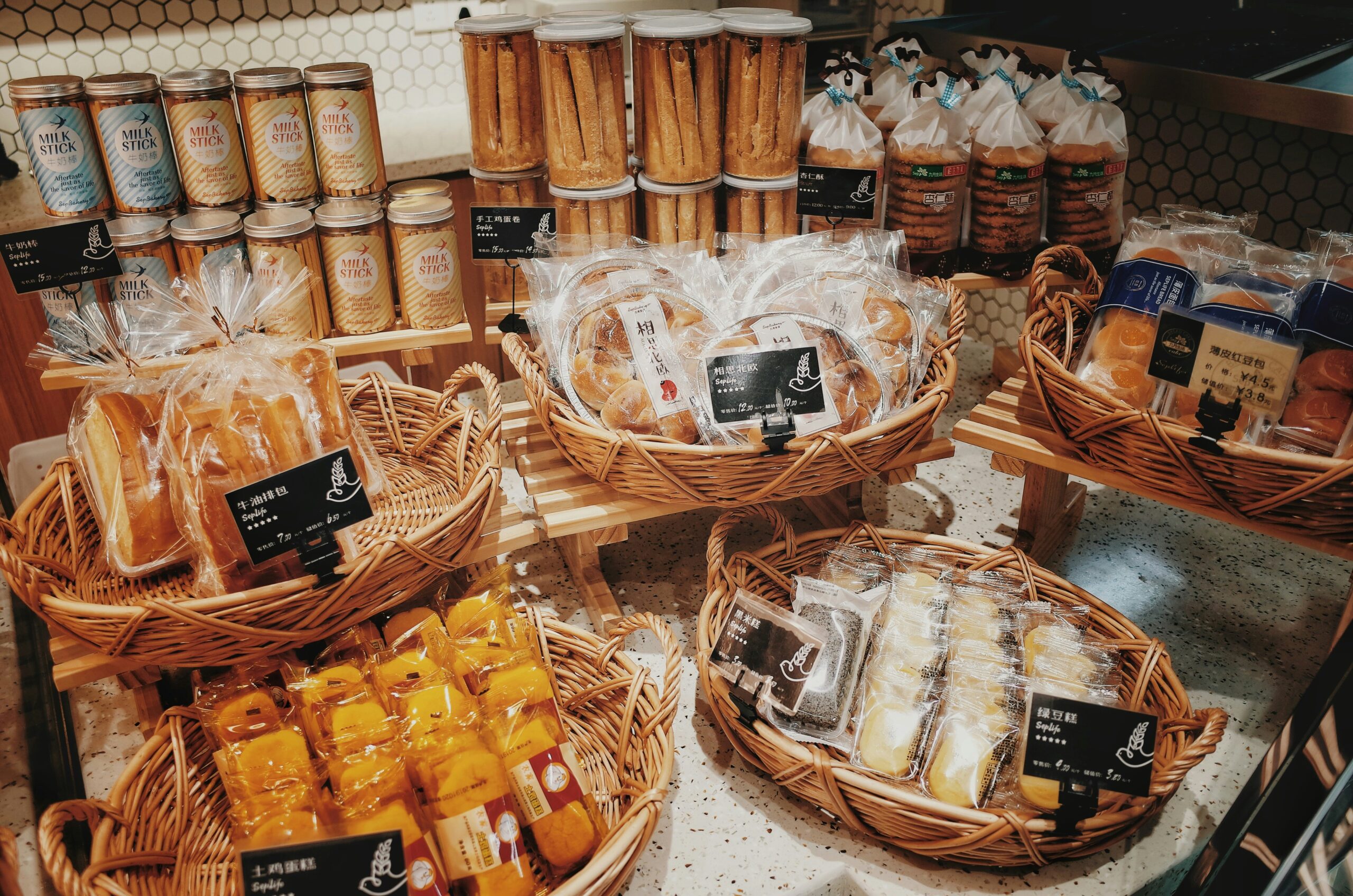If you’ve ever sold cookies from your home oven at the farmers market, bottled jam for friends, or watched a family sauce recipe gain a cult following—you’re already part of the cottage foods movement.
Cottage foods are foods prepared in a home kitchen under special state or local rules that allow small producers to sell directly to consumers without needing a commercial facility. It’s often the first step in building a food business—a chance to test ideas, gather feedback, and generate income. But it’s not meant to be the last stop.
⚠️ Important: Every state (and sometimes county or city) has different cottage food laws. These rules cover:
-
What you can sell (usually non-potentially hazardous foods like baked goods, jams, and dried snacks)
-
Where you can sell (farmers markets, events, or sometimes online)
-
How much you can sell before hitting a revenue cap
Before you expand, make sure you know your local regulations. Two excellent resources are:
Cottage Foods: The First Step in the Food Entrepreneur Pipeline
Cottage foods play a critical role in the pipeline of food entrepreneurship. They make it possible to:
-
Refine recipes with real customer feedback.
-
Experiment with new markets like CSA boxes, farmers markets, or neighborhood deliveries.
-
Learn pricing, packaging, and customer service skills without major upfront costs.
This stage is often where food entrepreneurs confirm that their idea has traction. Think of it as your launch pad before moving into a commercial kitchen and formalizing your business.
Recipe Development: Scaling Up for Commercial Kitchens
When you’re ready to move out of your home kitchen, scaling recipes is one of the first big hurdles. What works in small batches at home doesn’t always translate in a 20-quart mixer or a 40-gallon kettle.
Things to consider as you scale up:
-
Ingredient ratios: Spices, leavening agents, and thickeners rarely scale 1:1.
-
Food safety: Larger volumes introduce new risks—temperature control and shelf stability matter.
-
Texture and taste: Commercial equipment can change flavor and consistency.
-
Shelf life and packaging: Your product may need tweaks to stay fresh for retail and distribution.
Helpful resources to guide this step:
Selling Direct-to-Consumer: Tech Tools That Help
Most cottage food producers thrive by selling directly to their communities. Today, tech makes that easier than ever:
-
Square Online & POS – Perfect for farmers markets and pop-ups.
-
Shopify – Build a branded store with built-in e-commerce tools.
-
Etsy – Reach buyers who love artisanal and handmade foods.
-
Local Line – Tailored for producers, with storefronts and CSA support.
-
Barn2Door – Helps manage subscriptions, deliveries, and pickups.
-
Instagram Shops & Facebook Shops – Sell directly where customers already spend time.
💡 Tip: Some states restrict shipping for cottage foods. Always verify your state’s regulations before offering delivery.
Shared Kitchens: Where Learning Happens
As producers graduate into shared kitchens, many arrive inexperienced and needing hands-on support. That’s normal—and expected. Areas where guidance often helps include:
-
Food safety training (ServSafe, HACCP plans)
-
Learning how to use commercial equipment
-
Regulatory compliance for labels, permits, and inspections (FDA: How to Start a Food Business)
-
Packaging and storage practices
-
Business skills like pricing, distribution, and marketing
Shared kitchens can add value by partnering with service providers—from food safety consultants to business coaches. By connecting members with experts, they build stronger businesses and a healthier local food economy.
Communities for Cottage Food Producers
Beyond kitchen space and equipment, community is one of the most powerful resources for growth. Joining peer networks can provide advice, accountability, and encouragement when you need it most. Some great options include:
-
Forrager – A national cottage food community and resource hub with forums and up-to-date state law info.
-
Cottage Food Laws Facebook Group – A large, active online group where producers share real-world tips and experiences.
-
Home-based Food Entrepreneur National Conference – A national gathering (with virtual options) to learn from experts and connect with peers.
-
AFDO Cottage Foods Guidance – Used widely in the community to stay current on regulations.
-
USDA Extension Offices Directory – Many local extension offices offer workshops, training, and networks for small food businesses.
These groups complement the tools we provide at The Food Corridor. While communities offer peer support and knowledge sharing, KitchenDoor makes the next step—finding and booking commercial kitchen space—simple and accessible. Together, they form a powerful ecosystem for food entrepreneurs ready to grow.

Why Commercial Kitchens Matter for Scaling
At some point, your home kitchen won’t cut it anymore. Commercial kitchens unlock:
-
Wholesale and retail opportunities
-
Consistency with professional-grade equipment
-
Regulatory compliance with confidence (FDA FSMA for Small Business)
-
Credibility with buyers and partners
Our Mission at The Food Corridor
At The Food Corridor, our mission is to enable efficiency, growth, and innovation in local food systems. We believe that when food entrepreneurs succeed, entire communities thrive.
That’s why we created KitchenDoor, the largest online marketplace for commercial kitchen space. KitchenDoor makes it easy to search, compare, and book kitchens in your area—so you can focus on growing your food business, not chasing down leads.
How We Help You Scale
We’re here to support your journey every step of the way:
-
Find Commercial Kitchen Space through KitchenDoor.
-
Simplify Insurance with affordable liability coverage tailored for food businesses.
-
Streamline Scheduling & Billing so you can spend more time cooking and less time managing paperwork.
Ready to Grow?
Starting as a cottage food business is a smart way to test your idea. But when you’re ready to expand, you need the right tools, the right space, and the right partners.
With The Food Corridor and the KitchenDoor app, you’ll have everything you need to take your food business from homegrown to high growth.


